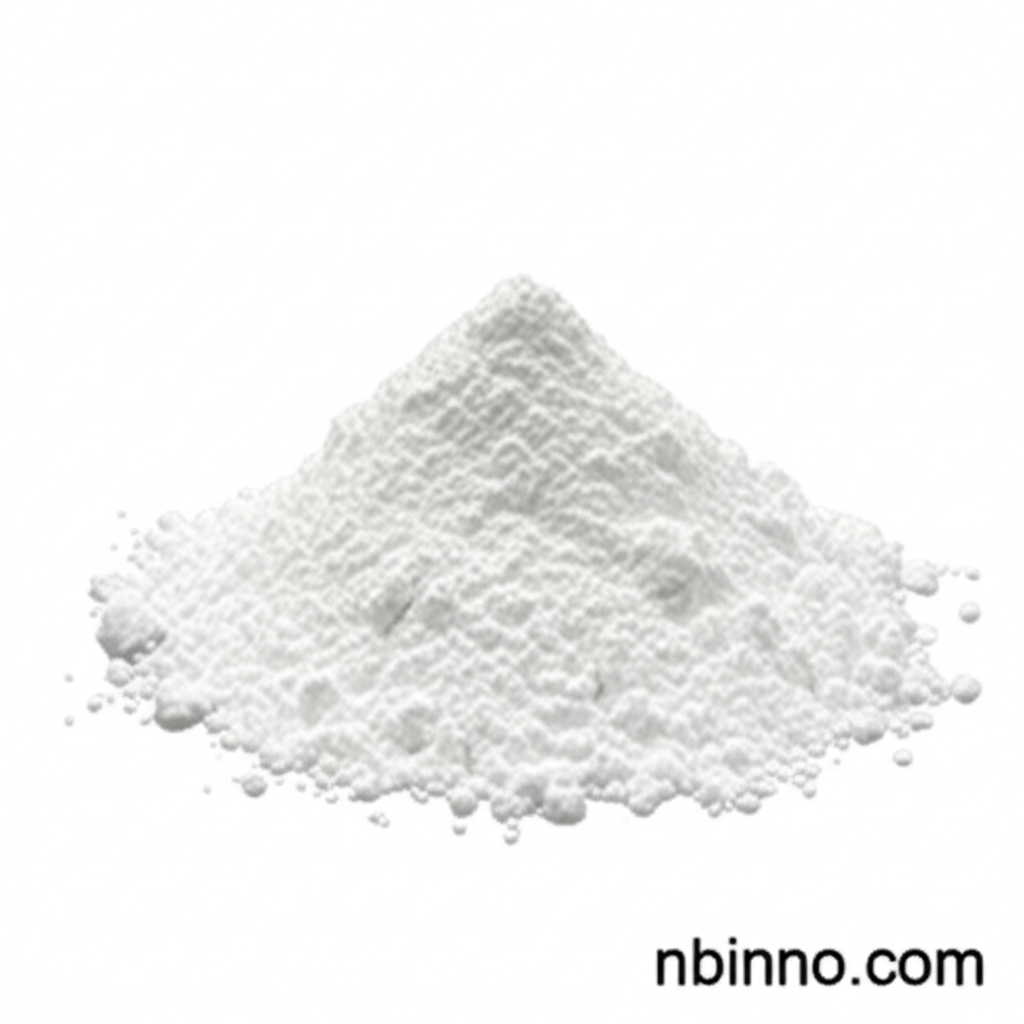Stannous Pyrophosphate (CAS 15578-26-4): Enhancing Industrial Processes
Discover the versatile applications of stannous pyrophosphate, a key ingredient in modern industrial solutions.
Get a Quote & SampleProduct Core Value

Stannous Pyrophosphate
Stannous pyrophosphate is a high-purity inorganic compound valued for its crucial role in several industrial sectors. Its unique chemical properties make it an indispensable component in advanced manufacturing processes, contributing to product quality and performance.
- Key to cyanide-free electroplating processes, offering a safer and more environmentally friendly alternative for tin plating applications.
- Essential in toothpaste formulations, acting as a filling agent that offers benefits for preventing dental diseases, contributing to better oral hygiene.
- Utilized in the printing and dyeing industry for its effectiveness in various dyeing processes, ensuring vibrant and lasting colors.
- Improves paint performance by slowing down filler settling and enhancing overall paint quality when added in appropriate amounts.
Advantages Provided by the Product
Electroplating Efficiency
The use of stannous pyrophosphate in cyanide-free electroplating significantly enhances process efficiency and safety, reducing environmental impact.
Oral Health Benefits
Its role as a filling agent in toothpaste contributes to preventing dental diseases, making it a valuable component for oral care product manufacturers.
Enhanced Dyeing Quality
In the printing and dyeing sectors, stannous pyrophosphate ensures superior dyeing results, improving color vibrancy and longevity.
Key Applications
Electroplating Industry
Stannous pyrophosphate is critical for cyanide-free tin plating, offering superior surface finishing and corrosion resistance.
Toothpaste Manufacturing
Used as a filling agent, it aids in the prevention of dental diseases, making it a key ingredient for effective oral hygiene products.
Printing and Dyeing
This chemical plays a vital role in the dyeing processes, contributing to enhanced color quality and retention in textiles.
Paint and Coatings
Its addition to paints helps to stabilize formulations by reducing filler settling, thereby improving the overall performance and application properties of paints.
